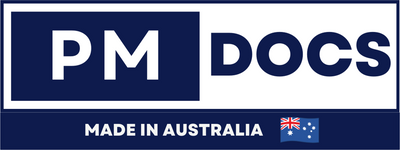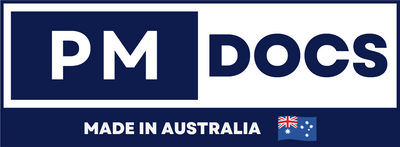Project Benefits Templates
Introduction
In today's competitive business environment, organizations must maximize the value they derive from their investments. A benefits realization plan is a critical tool that enables businesses to identify, plan, and track the benefits they expect to achieve from their projects and initiatives. By implementing a well-defined benefits realization plan, companies can ensure that their projects deliver the expected outcomes and align with their strategic objectives. This introductory article explores the importance of a benefits realization plan and provides insights into its essential components and implementation considerations. Read on to better understand how a benefits realization plan can drive organizational success.

Identifying And Assessing Benefits: The Process Of Determining The Value Your Project Will Deliver.
1. Clearly Define Project Goals: Begin by establishing the goals of your project in English. Determine what you aim to achieve and what outcomes you expect.
2. Identify Potential Benefits: Analyze the potential benefits that the project might bring. These can include improved efficiency, cost savings, increased revenue, enhanced customer satisfaction, or any other positive impact.
3. Quantify Benefits: Quantify the potential benefits in measurable terms wherever possible. For example, estimate how much time or money the project could save or determine the percentage increase in customer satisfaction.
4. Prioritize Benefits: Once you have identified and quantified the potential benefits, prioritize them based on their importance to the project and stakeholders. Consider which benefits align with your project goals and which are most valuable to your organization or intended audience.
5. Assess Feasibility: Evaluate the feasibility of delivering the identified benefits. Consider available resources, timeline, technical constraints, and potential risks. Determine if the benefits can be achieved within the project's scope and limitations.
6. Conduct a Cost-benefit Analysis: Compare the estimated costs associated with the project against the identified benefits. This analysis will help determine if the value delivered by the project justifies the resources invested. It is essential to weigh the benefits against the potential costs to make informed decisions.
7. Refine and Communicate: Continually refine and update the benefits assessment as the project progresses. Communicate the identified benefits and their value to relevant stakeholders,
Implementing Strategies For Benefits Realization: Taking Action To Maximize The Realized Benefits.
1. Define Clear Objectives: Clearly define the objectives of the strategy and what benefits you expect to achieve. This will help you track progress and measure the realized benefits.
2. Develop a Communication Plan: A robust communication plan ensures everyone understands the strategy and its benefits. This includes regular updates, meetings, and effective communication channels in English to convey important information.
3. Provide Training and Support: If the strategy involves adopting new practices or technologies, provide training and support to ensure employees have the necessary skills to maximize the benefits. This may include English language training to enhance communication skills and foster effective collaboration.
4. Monitor Progress and Measure Results: Regularly monitor progress towards achieving the defined objectives and measure the realized benefits. Implement key performance indicators (KPIs) to track progress, such as increased efficiency, cost savings, or improved customer satisfaction. Make sure to use English performance metrics to evaluate quantifiable and qualitative impacts.
5. Continuously Improve and Adapt: Regularly review the strategy's implementation and adjust as needed to maximize the benefits. Encourage feedback from employees and stakeholders to identify areas for improvement and implement necessary changes. This may also involve seeking input from English-speaking colleagues or external consultants to gain different perspectives.
6. Celebrate Achievements: Recognize and celebrate the achievements of the strategy's implementation. Acknowledge the efforts made by team members and highlight the realized benefits in English communication channels, such as company newsletters, meetings, or internal announcements.
7. Foster a Culture of Benefits Realization: Encourage a culture that promotes identifying and realizing benefits. This may include rewarding innovative ideas, creating cross-functional teams to ensure collaboration, and promoting a mindset of continuous improvement. Use English to communicate this culture effectively across diverse teams.
8. Share Success Stories: Share success stories and lessons learned from implementing the strategy. Highlight how the realized benefits have positively impacted the organization and its stakeholders. Share these stories with internal and external audiences using English language platforms like company websites, social media, or industry conferences.
Conclusion
Ongoing evaluation and continuous improvement play a crucial role in benefit realization for organizations. By regularly assessing and analyzing the outcomes of their initiatives, businesses can identify areas for improvement and make informed decisions to drive better results. This includes monitoring key performance indicators, collecting and analyzing data, and implementing necessary changes to optimize processes and maximize benefits. Organizations can stay agile, adapt to changing circumstances, and ultimately achieve their desired outcomes by taking a proactive approach to evaluation and continuous improvement.




